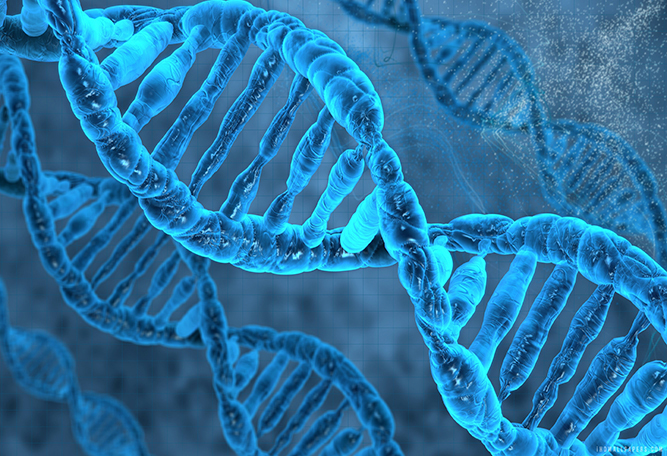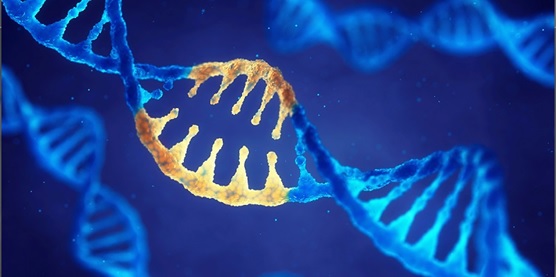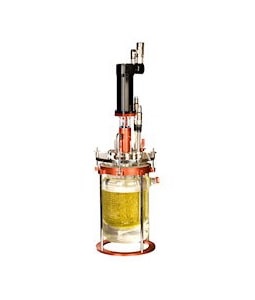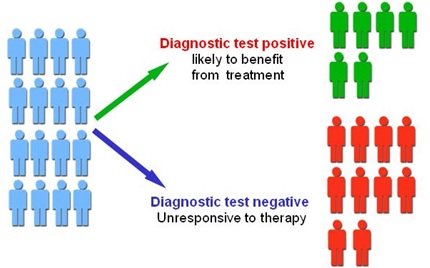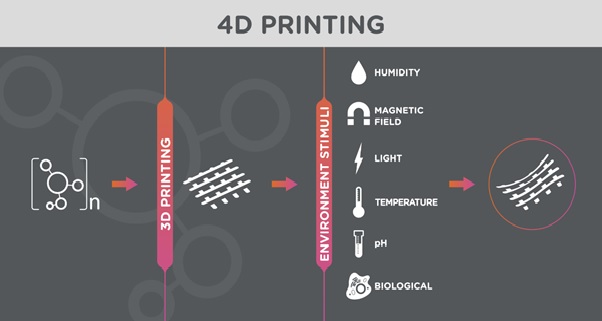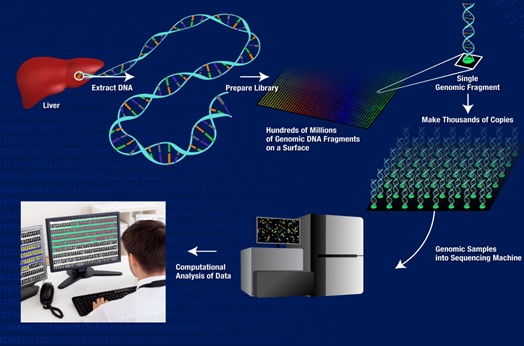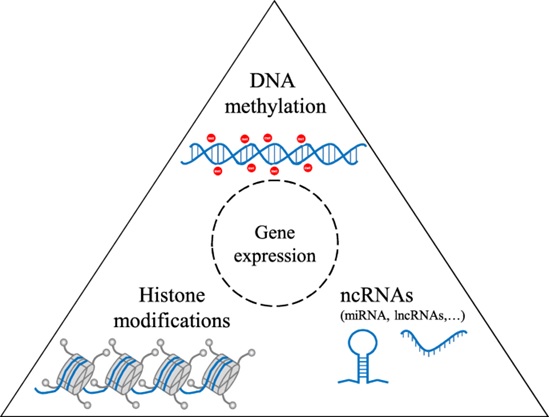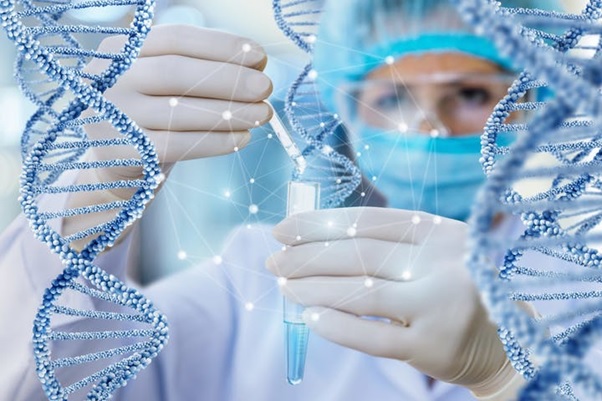CRISPR Technology
CRISPR is a technology that can be used to edit genes and, as such, will likely change the world. The essence of CRISPR is simple: it’s a way of finding a specific bit of DNA inside a cell. After that, the next step in CRISPR gene editing is usually to alter that piece of DNA. However, CRISPR has also been adapted to do other things too, such as turning genes on or off without altering their sequence.

Figure 1: CRISPR-Cas9
CRISPR is already widely used for scientific research, and in the not too distant future many of the plants and animals in our farms, [1] gardens or homes may have been altered with CRISPR. In fact, some people already are eating CRISPRed food.
CRISPR technology also has the potential to transform medicine, enabling us to not only treat but also prevent many diseases. We may even decide to use it to change the genomes of our children. An attempt to do this in China has been condemned as premature and unethical, but some think it could benefit children in the future.
CRISPR is being used for all kinds of other purposes too, from fingerprinting cells and logging what happens inside them to directing evolution and creating gene drives. The key to CRISPR is the many flavours of “Cas” proteins found in bacteria, where they help defend against viruses. The Cas9 protein is the most widely used by scientists. This protein can easily be programmed to find and bind to almost any desired target sequence, simply by giving it a piece of RNA to guide it in its search.
When the CRISPR Cas9 protein is added to a cell along with a piece of guide RNA, [2] the Cas9 protein hooks up with the guide RNA and then moves along the strands of DNA until it finds and binds to a 20-DNA-letter long sequence that matches part of the guide RNA sequence. That’s impressive, given that the DNA packed into each of our cells has six billion letters and is two metres long as shown in figure 1.
What happens next can vary. The standard Cas9 protein cuts the DNA at the target. When the cut is repaired, mutations are introduced that usually disable a gene. This is by far the most common use of CRISPR. It’s called genome editing or gene editing but usually the results are not as precise as that term implies.
CRISPR can also be used to make precise changes such as replacing faulty genes true genome editing but this is far more difficult. [3] Customised Cas proteins have been created that do not cut DNA or alter it in any way, but merely turn genes on or off: CRISPRa and CRISPRi respectively. Yet others, called base editors, change one letter of the DNA code to another.
With CRISPR/Cas, it’s easy to disrupt a targeted gene, or, if a DNA template is added to the mix, insert a new sequence at the precise spot desired. The method has profoundly changed biomedical research, as it greatly reduces the time and expense of developing animal models with specific genomic changes. JAX scientists now routinely use the CRISPR/Cas system for this purpose in mice. And for human diseases with a known mutation, such as cystic fibrosis, it’s theoretically possible to insert DNA that corrects the mutation. There are clinical applications in human trials now, including for engineering T cells outside of the body for CAR-T cancer therapy and for editing retinal cells for leber’s congenital amaurosis 10, an inherited form of blindness.
CRISPR/Cas is an extremely powerful tool, but it has important limitations. It is:
- Difficult to deliver the CRISPR/Cas material to mature cells in large numbers, which remains a problem for many clinical applications. Viral vectors are the most common delivery method.
- Not 100% efficient, so even the cells that take in CRISPR/Cas may not have genome editing activity.
- Not 100% accurate, and “off-target” edits, while rare, may have severe consequences, particularly in clinical applications.
The Future of CRISPR-Cas9
- It is likely to be many years before CRISPR-Cas9 is used routinely in humans.
- Much research is still focusing on its use in animal models or isolated human cells, with the aim to eventually use the technology to routinely treat diseases in humans.
- There is a lot of work focusing on eliminating ‘off-target’ effects, where the CRISPR-Cas9 system cuts at a different gene to the one that was intended to be edited.
References:
- https://www.newscientist.com/definition/what-is-crispr/
- https://www.yourgenome.org/facts/what-is-crispr-cas9
- https://www.jax.org/personalized-medicine/precision-medicine-and-you/what-is-crispr
Cite this article:
Vinotha D (2021), CRISPR Technology, AnaTechMaz, pp. 3



